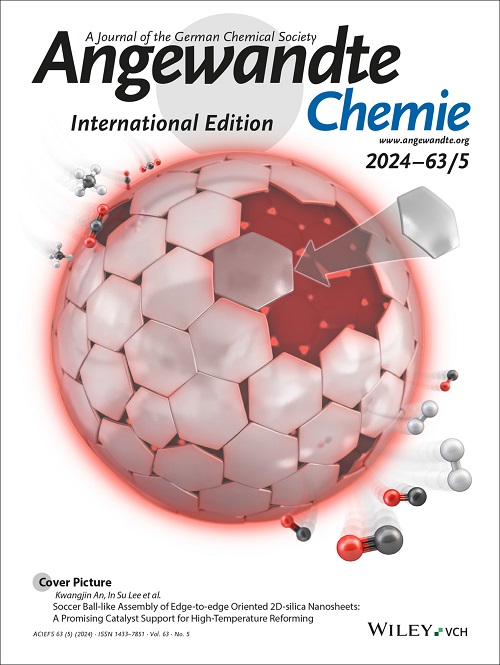Photoelectrocatalytic Degradation Mechanism of Fluorinated Pollutants Using a Bilayer WO3 Photoanode: Synergistic Role of Holes and Hydroxyl Radicals
IF 16.1
1区 化学
Q1 CHEMISTRY, MULTIDISCIPLINARY
引用次数: 0
Abstract
Fluorinated organic pollutants pose significant environmental and health risks due to the high stability of C-F bonds, necessitating effective strategies for their degradation. Herein, we present a bilayer WO3 photoelectrode (double-WO3) incorporating an electron transport layer (ETL) and a hexagonal-monoclinic heterophase junction for PEC degradation of fluorinated pollutants. The double-WO3 catalyst achieves a high photocurrent density (4.3 mA cm-2 at 1.2 VRHE) and nearly complete degradation (99.9%) of bisphenol AF (BPAF), 4-fluorophenol (4-FP), and pentafluorophenol (PFP), with 99.9% mineralization of PFP. Experimental and transient photocurrent (TPC) analyses confirm that the ETL-heterophase junction structure enhances electron extraction and surface reaction kinetics while minimizing electron-hole recombination. In this process, photogenerated h+ excites fluorinated pollutants, enhancing C-F bond susceptibility to ∙OH attack, which facilitates bond cleavage and subsequent oxidation into CO2, H2O, and F-. This study offers a promising strategy for designing advanced PEC systems and effectively remediating persistent fluorinated contaminants.求助全文
约1分钟内获得全文
求助全文
来源期刊
CiteScore
26.60
自引率
6.60%
发文量
3549
审稿时长
1.5 months
期刊介绍:
Angewandte Chemie, a journal of the German Chemical Society (GDCh), maintains a leading position among scholarly journals in general chemistry with an impressive Impact Factor of 16.6 (2022 Journal Citation Reports, Clarivate, 2023). Published weekly in a reader-friendly format, it features new articles almost every day. Established in 1887, Angewandte Chemie is a prominent chemistry journal, offering a dynamic blend of Review-type articles, Highlights, Communications, and Research Articles on a weekly basis, making it unique in the field.

 求助内容:
求助内容: 应助结果提醒方式:
应助结果提醒方式:


